Engaging in the art of observing and photographing birds while maintaining a profound respect for both the subjects and their natural habitats requires a responsible approach. Despite the apparent simplicity of bird-watching, birding, or bird photography, ethical considerations may arise. What guidelines should enthusiasts adhere to in order to ensure that this captivating hobby remains both respectful and environmentally conscious?
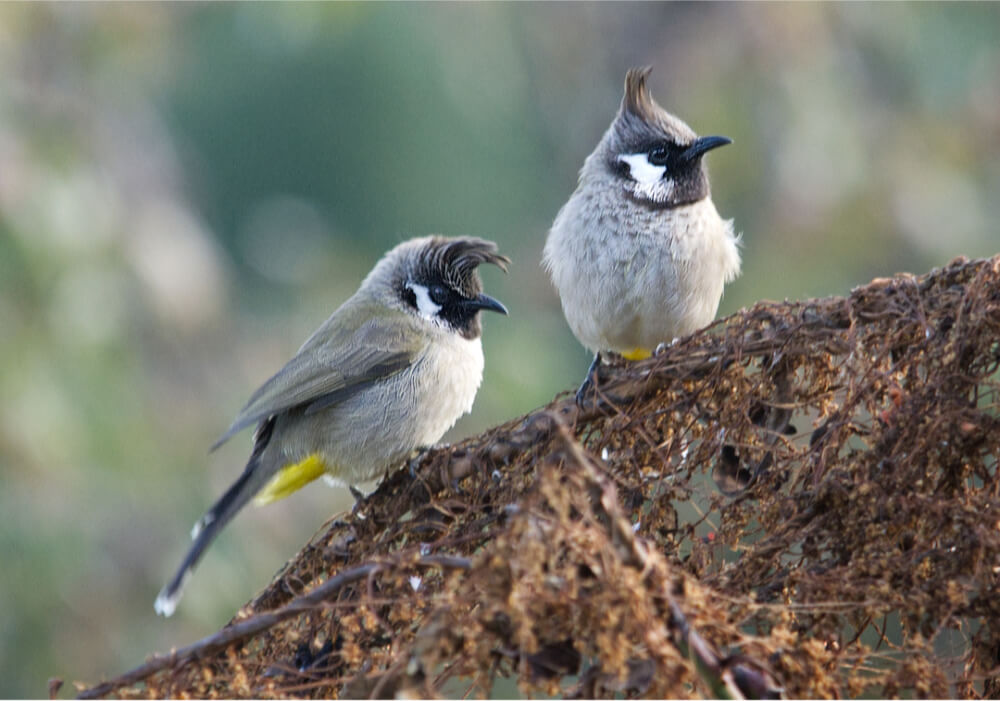
What does ethical bird-watching / bird-photography entail?
In essence, ethical bird watching revolves around exploring their world without causing harm to the birds in any way. As far as I know, most birders genuinely refrain from intentionally harming birds. However, the challenge lies in the ignorance of the delicate rules governing nature. Nature maintains a fragile balance, and even a slight disturbance to that equilibrium can have catastrophic effects.
Fortunately, the majority of birders are conscientious enough to avoid disturbing the birds. Thankfully, many of them share a deep concern for nature. They abide by the well-known adage: “Don’t leave anything behind except footprints, and don’t take anything away except memories (or photographs).”
In this article, I will explore seemingly innocuous actions that, in reality, can lead to significant harm to birds and the ecosystem at large.

Bird Feeders or Feeding Stations: A Closer Look
Feeding birds is often considered a kind act, fostering an opportunity to witness these beautiful creatures up close. Seeds are thoughtfully placed in feeding stations, providing a source of nourishment for birds while creating beautiful moments for everyone else. The melodic chirping of birds adds to the charm of the scene. However, beneath this seemingly idyllic setting lies a less-than-pleasant reality.
A prevalent issue with many bird feeders or feeding stations is the prolonged presence of seeds or specialized bird feed, which can become a breeding ground for problems. Frequently, these offerings become spoiled, infested with fungus and bacteria, posing a serious threat to the health of the feathered visitors. Unfortunately, those who set up bird feeders may not readily notice these issues. Recognizing individual birds within a group, especially when a dozen sparrows take turns at the feeder, can be a challenging task. Consequently, the disappearance of a few birds may go unnoticed, creating a misleading sense that everything is well.
Even if a well-intentioned feeder owner diligently changes the seeds and maintains a clean feeding station, concerns persist. There is a theory suggesting that feeders alter birds’ feeding behaviors, making them reliant on the easy food source. This dependency can lead to changes in their diet, foraging habits, and parenting strategies. Nutritional deficiencies and reduced immunity may afflict these birds, resulting in premature deaths compared to their counterparts who continue to fend for themselves.
Moreover, the act of feeding birds can inadvertently disrupt the delicate balance of natural populations. Regular and easily accessible food may empower certain bird species, leading to dominance and potential ecological imbalances with long-term consequences.
While there is a counterargument acknowledging the extensive alterations humans have already made to natural habitats, suggesting that birds may need support to survive, caution is essential. We urge residents near forests, farms, parks, or similar environments to refrain from setting up feeders. If empathy compels you to do so, meticulous care should be taken, including providing a varied mix of food to cater to a diverse avian population. Ideally, setting up feeders is recommended only in densely populated urban areas lacking green spaces, with a strong commitment to change the food daily to mitigate potential risks.
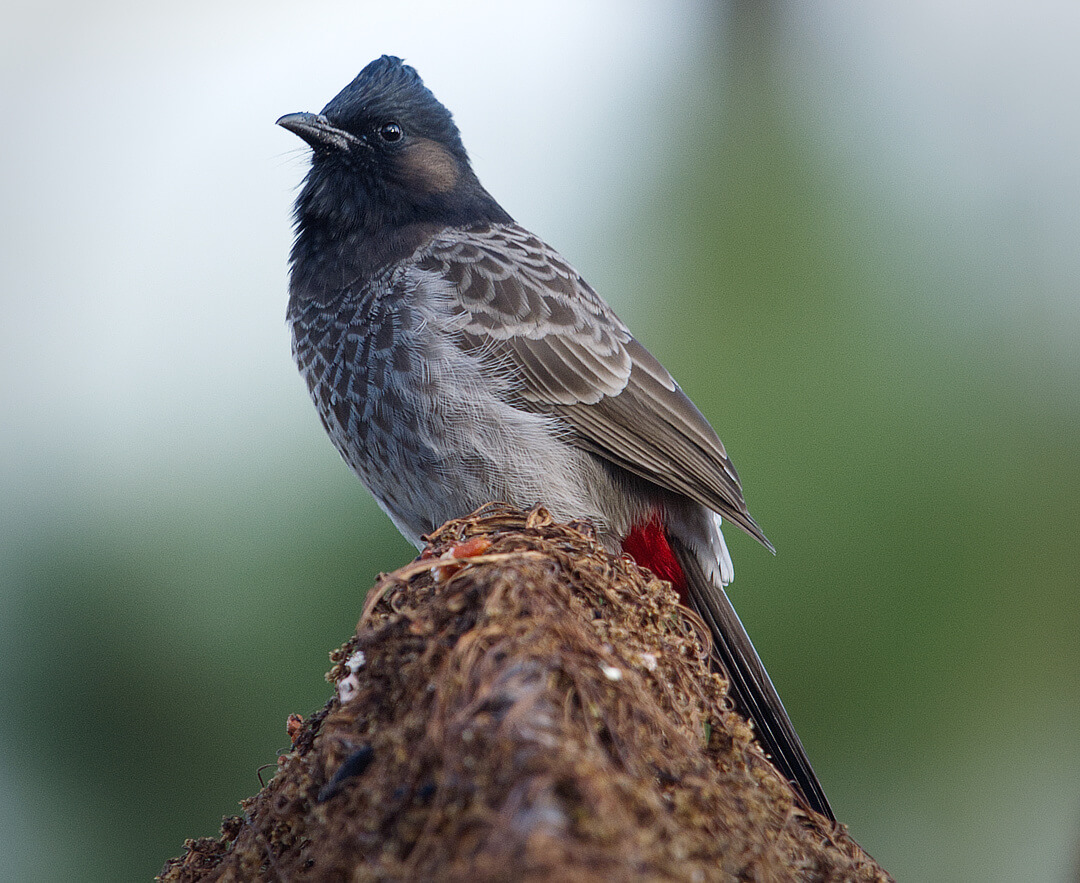
Water Baths for Birds: A Cool Respite
On scorching summer days, birds find solace in refreshing baths, much like we do. Water baths offer a delightful experience for our feathered friends, addressing their thirst and contributing to their overall well-being. Yet, like any good thing, maintaining water baths comes with a responsibility, especially when it comes to preventing potential sources of infection.
Inviting birds with water is a safer alternative compared to providing food, steering clear of the issues associated with feeders. Freshwater becomes particularly valuable during the extremes of summer or winter.
While I don’t oppose the idea of water baths or providing water for birds, there’s a nuanced perspective. This practice is particularly justified in densely populated cities where access to natural water sources is limited or during periods when water is scarce. If you reside in areas abundant with woodlands, forests, farmlands, or similar environments, where natural streams or brooks flow, the provision of water for birds may be unnecessary. However, if the desire to attract the birds persists, go ahead, but with a commitment to maintaining the water’s freshness. Regularly changing the water, ideally daily, and more frequently if it becomes dirty, ensures a hygienic and inviting environment for the birds.
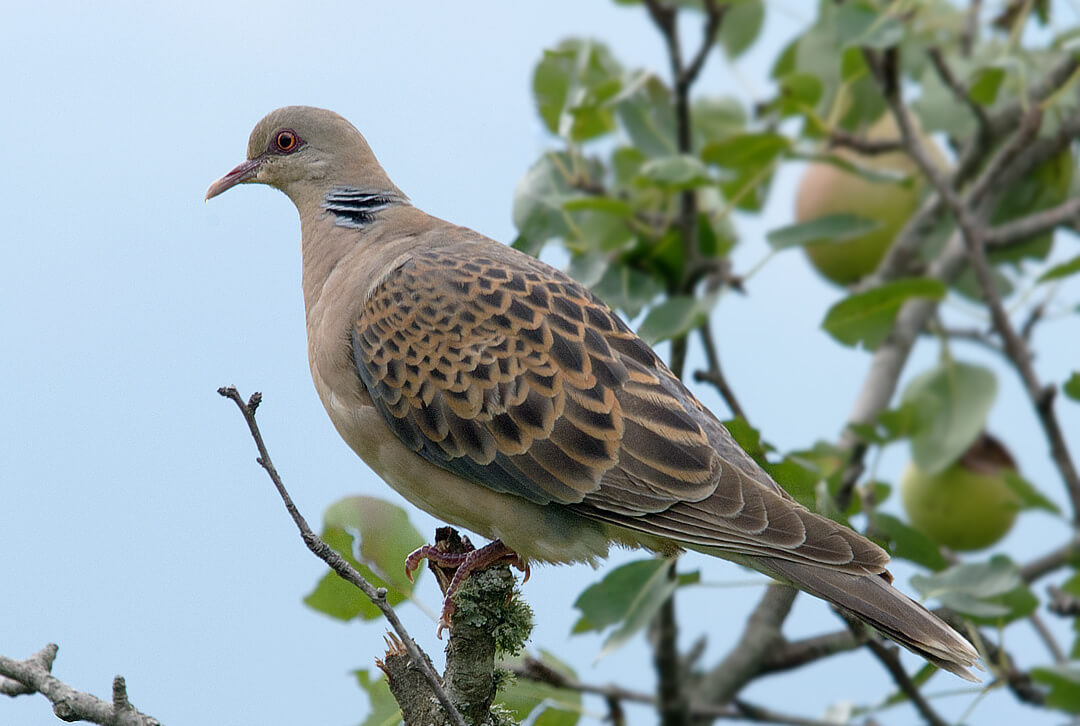
Studio Set-Ups for Bird Photography: Balancing Attraction and Ethical Considerations
In recent times, a new wave of photography destinations tailored for bird enthusiasts has emerged, featuring elements like hides, perches, feeding stations, and water sources.
The concept of hides, ranging from tents to camouflaged hide-outs, has long been appreciated for minimizing disturbance to birds. However, ethical concerns arise with the introduction of perches and feeding stations.
Studio set-ups aim to recreate a natural habitat with green backgrounds and strategically placed wooden perches to attract birds using feed. While this approach offers unobstructed, close-up shots/views with appealing blurred backgrounds, ethical challenges surface, primarily concerning the use of feed.
Perches, fashioned from old tree trunks or branches, provide comfortable spots for birds, often concealing feeding solutions. The ease with which photographers can capture birds attracted to the feed on these perches introduces complications. Not only does the feed pose problems, as mentioned earlier, but an additional concern emerges – small birds become vulnerable to aerial predators that identify these set-ups as predictable gathering spots.
Predatory birds keenly observe these studio-set perches, anticipating the arrival of small birds. This creates an unintentional cycle of predation, contributing to a decline in the population of these smaller avian species. Sadly, these perches are often set up in open areas for convenient photography or bird-watching, exposing the birds to potential threats from above.
Furthermore, the water in these set-ups tends to stagnate, deviating from the freshness found in natural water sources like streams. The lack of regular change can lead to waterborne diseases, a stark contrast to the continuous flow and natural cleanliness of water in the wild.
In summary, while studio set-ups offer a controlled environment for birders, ethical considerations are paramount for us. We therefore discourage this and are trying to educate others also about it. Feel free to supply a good fresh source of water in dry months but that is the maximum that should be done.

Nesting Birds or Young-ones in Nests
Birders tend to seek out interesting activities. Birds fighting, foraging for food, carrying stuff to build their nest, and sometimes even when they are nesting. Birds indulging in some kind of activity make up for a good photograph. However, birding (bird-watching/photographing birds) when they are nesting is totally unethical and a strict no.
This disturbs them in their nesting. This is harmful. I have heard about birds leaving their unhatched eggs and flying away never to return.
Another interesting observation, which was also substantiated by that friend of mine with whom, I had a long phone discussion today. Predatory birds learn by observing photographers carrying long lenses or binoculars. They keep circling high-up in the sky and keep observing how the birders move. When the birders stop for a long time at a single spot, there is something interesting in the foliage there for the predatory birds. Maybe a yummy meal, young birds, unhatched eggs, easy to prey on nesting bird! The birders in their enthusiasm end up doing harm.
(Just imagine, if these predators are smart enough to follow birders, what kind of easy catch it is for them when the birds come to the studio set-ups discussed above.)
Even if you happen to spot and photograph a nesting bird or even young ones in a nest, don’t hang around the spot for a long time. Don’t share the information with anyone else and remove the location information from the digital file as well. This will prevent other birders from reaching that same place.
In a nutshell, observing or photographing nesting birds or their young ones in nests is totally uncool and undoubtedly unethical.
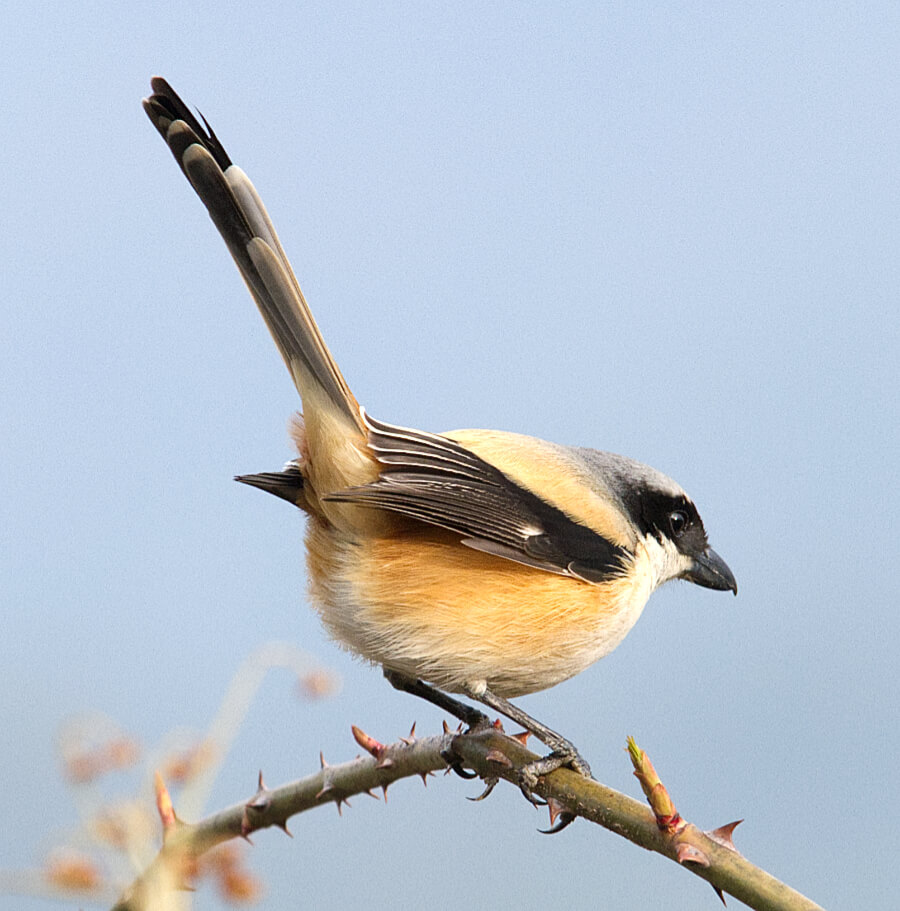
Using Bird-Calls or Sounds
In the world of birding, many enthusiasts employ the art of creating bird sounds to capture unique moments. Some possess the skill of whistling, while others masterfully replicate bird calls to a degree that even an ornithologist might be momentarily fooled. Surprisingly, these imitated bird calls not only deceive human observers but also have a profound impact on the feathered subjects themselves.
Birds, in their innocence, respond to these calls, often to the point of distraction. Intrigued or confused, they may abandon their nests or daily routines to investigate the perceived intruder. In more extreme cases, they might even neglect their parental duties, leaving their young ones hungry and unattended. The agitated state induced by these artificial calls can disrupt crucial activities like feeding, nurturing, and the intricacies of mating and breeding.
The use of recorded bird sounds, whether from a phone or voice recorder, introduces an additional layer of complexity. The birds, unable to distinguish between real and replicated calls, respond with equal fervor, adding an extra dimension of distraction to their natural behaviors.
Moreover, depending on the species involved, certain bird calls may evoke fear in others. This fear response consumes valuable energy, diverting resources that could be better utilized for essential daily activities. The overall impact extends beyond momentary disturbances, potentially influencing the health and well-being of bird populations.
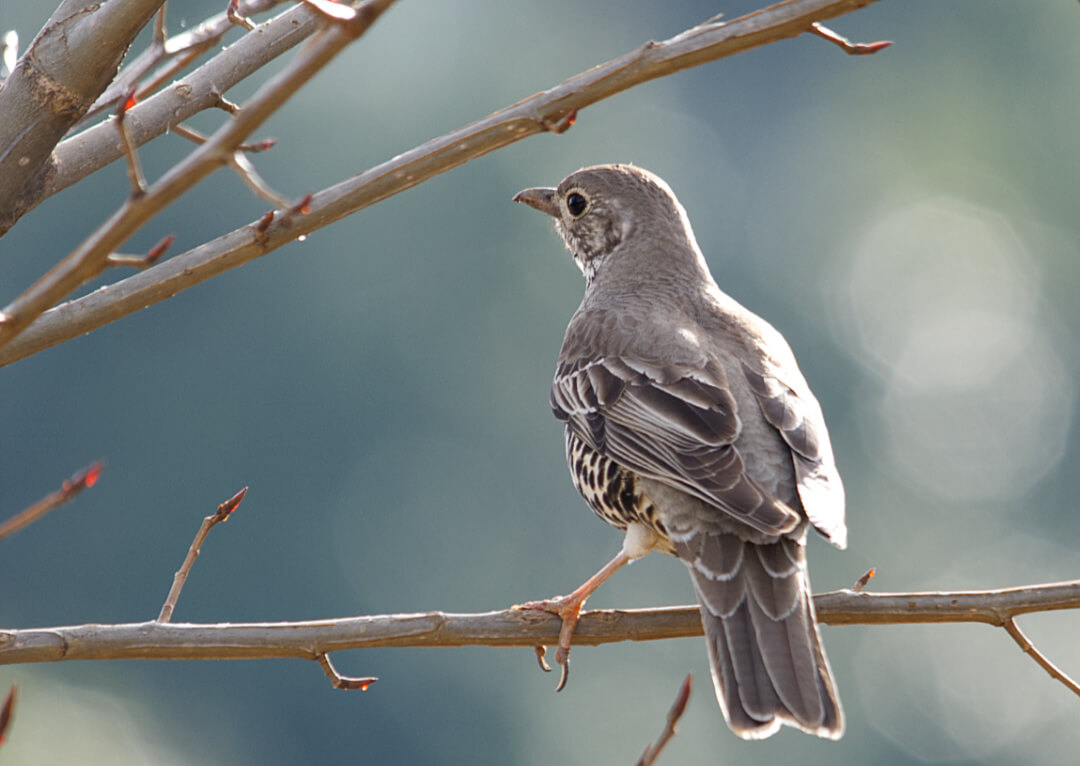
Exercise Caution and Embrace the Joy of Birding
Navigating a forest trail and stumbling upon a bird in its natural habitat is an unparalleled experience. Witnessing these winged creatures in their freedom, untroubled and engrossed in their daily activities, is a privilege. Relish the moment; if it translates into a captivating photograph, seize the opportunity to click. If not, don’t fret. Nature generously offers countless more chances for future encounters.
Immerse yourself in the walk, absorbing the symphony of bird calls and the ambient sounds of nature. Take a moment to stand still and watch the birds gracefully flutter by, feeling the gentle caress of the breeze. Remember, bird photography is more than just accumulating images—it’s about savoring an immersive experience.
For urban dwellers, consider extending your care to feathered friends by providing clean water and nourishment. Your thoughtful gesture will undoubtedly be appreciated by the local bird population. Capture their moments with your lens while ensuring their well-being.
As you embark on your bird-photography journey, prioritize responsibility and ethics. Cultivate a genuine love for nature and evolve into a responsible birder.
